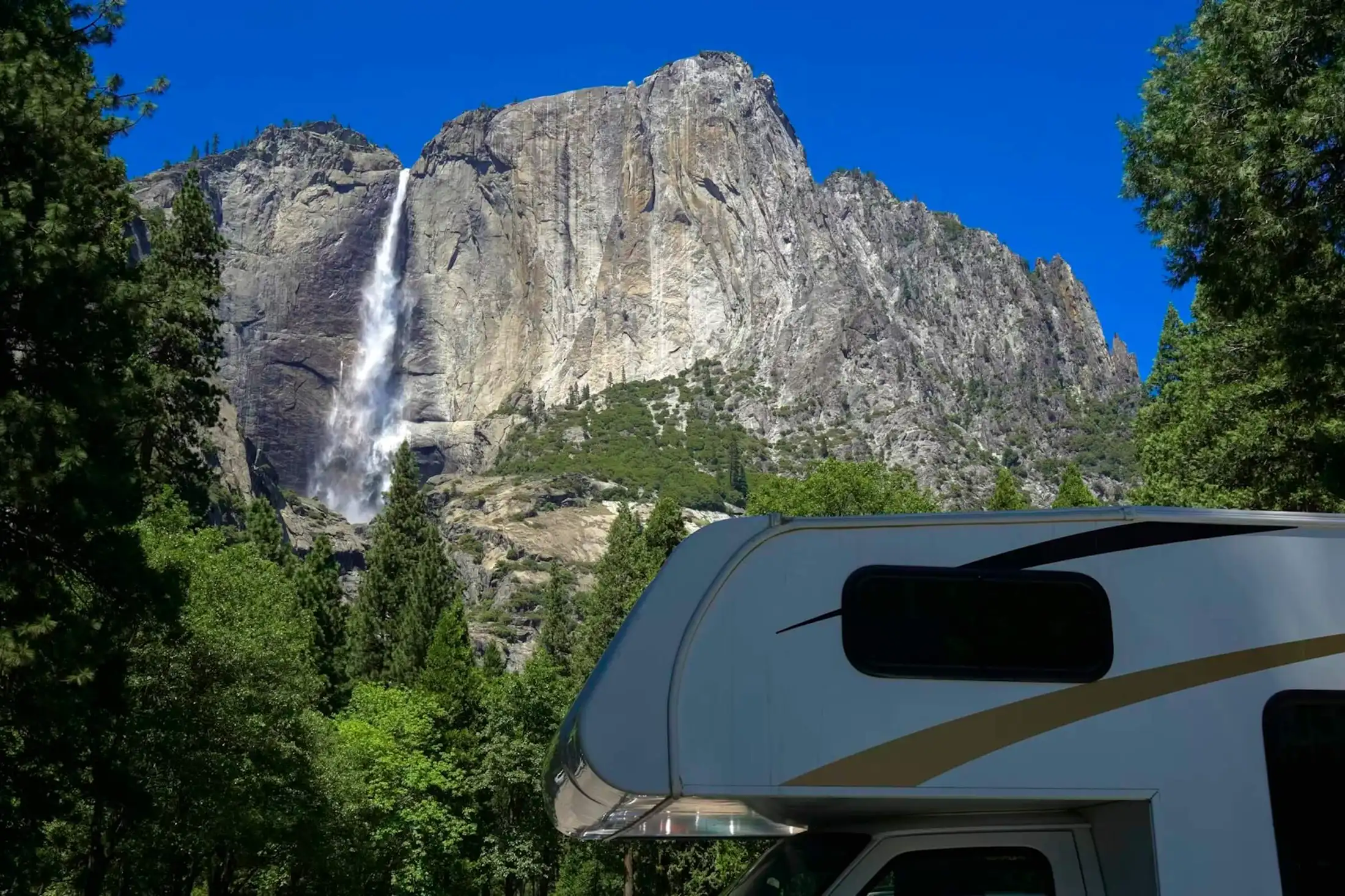Visiting our country’s national parks is an absolute must and among the most sought after destinations for travelers of all ages. Camping areas are common in national parks and extremely popular among novice and experienced RVers. Whether you’ve visited at least one before or are thinking about doing it for the first time, our tips should help create the best overall experience.
BOOK EARLY
If your campground allows reservations, reserve it six months early. The National Park Service uses a program called Reserve America to do campsite bookings. You’re usually able to book and pay in full online with a credit card and have the option to cancel later if plans change. You’ll receive a refund with the exception of a $10 cancellation fee.
CAREFULLY PICK YOUR NATIONAL PARK AND CAMPGROUND
You’ll find many of our national parks have more than one campground each with different features and amenities. It’s important to keep in mind what type of camping you want, and pick the national park and campground that works best for you. Not all national parks allow RV camping though so it’s important to research this beforehand. As we alluded to above, many also don’t accept reservations so if it’s a busy time of the year, you run the risk of not getting a spot.
DIFFERENT SCHEDULES
Not every campground is open all year. Some just aren’t safe enough during certain times of the year due factors like weather or animal mating seasons where they’re more aggressive. Then there are others that must undergo varying levels or restorations. Don’t worry though as it’s easy to find out well ahead of time if a campground will be open during the timeframe you’re looking to be there. All of this is readily available through the official National Park Service visit.
KNOW THE DIFFERENCES IN CAMPGROUND COSTS
All national parks and their campgrounds charge a fee, and the price will vary depending on its features and amenities. The good news though is national park campgrounds still often cost quite a bit less than alternatives like private RV parks. This is obviously just one aspect of what goes into your vacation’s overall budget. We consider this a good first step though prior to planning out the rest of your trip and all the ensuing costs that come with it.
LEARN CAMP ETIQUETTE
It’s important you enjoy your camping experience as much as possible. At the same time, you must do that while also being considerate of other campers and ensuring you know particular rules. Here are several we’d suggest being mindful of. First, don’t bring any alcohol into a national park. It’s not allowed. Second, keep the noise down as these aren’t supposed to be loud campsites. Third, mind your light as it could potentially disturb other campers. Fourth, store your trash well because many bears are frequent campground visitors looking for it. More details on camp etiquette can be found on the National Park Service website.
LOOK INTO THE NATIONAL PARK AND CAMPGROUND’S FEATURES
Every national park and the ensuing campground(s) are unique in their own way. Some come complete with electric connections. Others offer genuine camping out in nature. We’d suggest looking into public bathrooms and campfire areas too although it’s worth noting the majority of national parks interestingly don’t offer showers. No showers shouldn’t be an issue, but if you’re traveling with a larger group where you hoped for them, it’s far from a given. By familiarizing yourself with these types of features, you’ll know what you have to prepare for before the trip.
PREPARE YOURSELF FOR UNRELIABLE CELL COVERAGE
National parks often have little to no cell service so this likely means you’re going to be disconnecting from the internet for awhile. There are cased where this may not be an issue, but we wouldn’t count on it as those are far and few between. If you need the internet to work, you may want to consider alternative campsites with wireless capabilities. Full time RVers often find staying outside national parks and driving in each day they’re not working to be the best for their lifestyles. If you’re camping as a vacation though, this won’t be a problem at all.
PRIORITIZE SAFETY
Safety should always be of utmost importance regardless of where you camp. Some campsites are vulnerable to wildlife so you should check what you’ll need for everyone’s safety. Not every campground is very developed with some being far more natural than others, which may be more dangerous especially if kids are camping. Bring flashlights and be ready to set up ground rules to stay together and away from fast moving water if there’s a river nearby. Take these types of things into account when thinking through what safety plans and items you’ll bring.
RESERVE YOUR SPOT
As we mentioned before, there are two ways to get a camping spot in a national park: reservation or arriving and hoping there’s availability. It’s important to know which category your target campground is in. For the former, you wouldn’t want to arrive super early just to find out you could’ve just reserved it online. Then for the latter, if the campground doesn’t accept reservations, be sure to arrive early and have a backup plan in case no spots are available. There are plenty of RV apps available to review other options in the area ahead of time.
UNDERSTAND THE CAMPGROUND SETTING
Make sure to take the necessary time to learn about the climate and location of where you’re going so you can prepare accordingly. As we mentioned before, the setting for each can be very different especially depending on when you’re planning to visit. For example, some are in forest settings whereas others could be in the mountains or even the desert. By knowing the climate and location, you’ll know whether it makes sense to pack for warm or cool weather.
